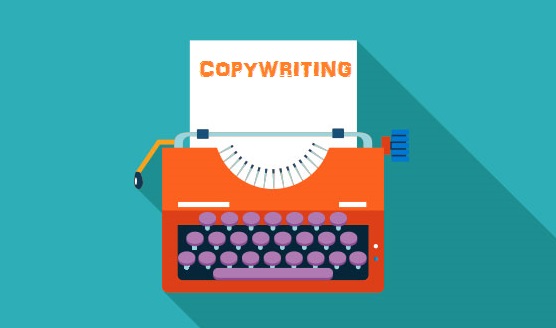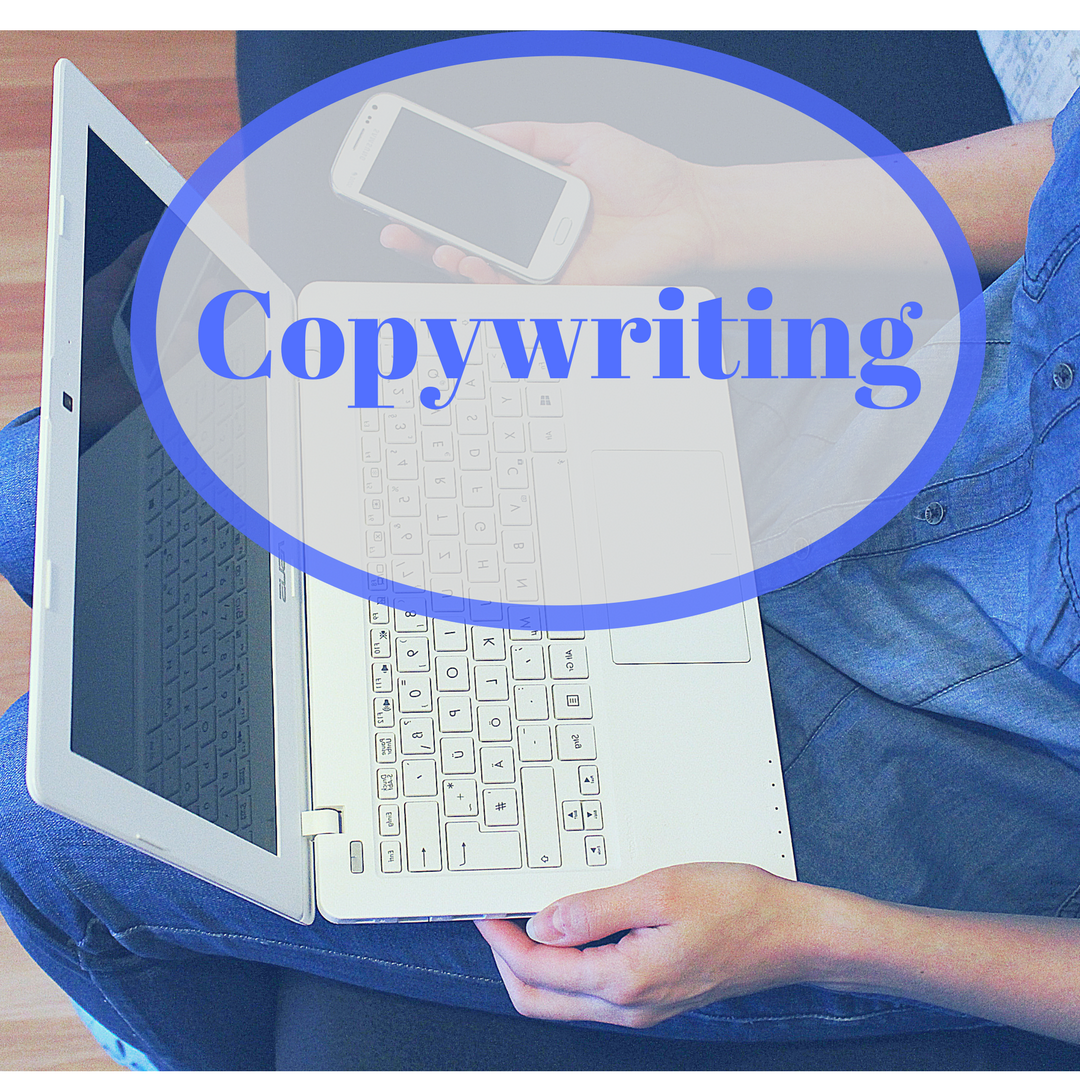You’re a copywriter. Not a novelist (okay, maybe at night). Not a screenwriter. Not a poet. A copywriter.
What does that mean?
Unlike those other writers, you’re not seeking readers. Not really. At the root of things, you’re seeking buyers.
It’s sort of like a preacher on Sunday. (I’ve been a preacher so I can use this example with impunity.) What does the preacher look for when gazing out across the sanctuary? A bunch of rear ends warming seats? That’s just the start.
One enthusiastic minister blurted it out to me once. “I’m in this thing for converts!”
As a copywriter, so are you.
Our readers aren’t perusing our prose for chuckles and entertainment. They’re after information that will inspire them to buy the right product or give to the right charity. What you want is for your reader to take action.
Whether you are sitting at your keyboard crafting an email campaign for a Christian organization or climbing the town water tower with a can of spray paint and your ex-girlfriend’s number in your jacket pocket, you are writing for the same purpose–results.
Your prose is successful when your reader responds. Sign up for an email list. Follow the company on Twitter. Add a name to the petition. Ultimately, buy the product.
When a web visitor takes action on a site, that’s called conversion. And that’s what you want your prose to do—convert people. If you write for a Christian organization, conversions may be literal conversions. If you write for a company, maybe not.
How does writing for conversion differ from other kinds of writing? Here are three ways:
- Essay writers say, “Your writing needs an airtight argument with a beginning that includes a clear thesis sentence followed by three supporting statements and winding up with a defined conclusion that closes the argument’s circle.”
Ad copy editors say, “Your writing is part of a sprawling global conversation that has no beginning and no end. Don’t close the loop.”
If you close the loop, you give away the end of the story. What’s left for your reader to do?
Effective ad copy takes your reader right up to the crisis moment and stops. An irksome feeling that something remains unfinished nudges readers to become buyers. Resist the urge to conclude. Instead, let the reader finish the story by making a purchase or donation.
- Traditional writers say, “Good writing is grammatically correct, spell-checked, and proofread.”
Ad copy editors say, “Good writing is interesting.”
The need for written content to be interesting is almost universally acknowledged. But we don’t teach how to be interesting in print. We teach the rules of grammar.
Want evidence that the best writers don’t need to follow the rules? Look at some of today’s most effective advertising copywriters, the Chick-fil-a cows. Those guys are horrible spellers! But nobody cares that the cows can’t spell. They’re interesting. They’re funny. They keep you eating chicken.
Note that most ad copywriting also requires correct grammar and spelling. But those things alone aren’t going to get results.
- English teachers say, “I’m assigning you a paper that will be between seven and ten pages long.” And you write ten, even twelve, to prove that you are doing the most work possible.
Ad copy editors say, “Be brief.”
Brief writing is difficult to do, but brevity collects readers. Penelope Trunk says she takes 30 minutes to craft a single tweet. Mind you, a tweet is 140 characters or less. I could pound out 140 characters in no time flat. Perhaps that’s partly why Trunk has 134,000 Twitter followers, and I don’t. It’s hard to pack interesting, quality content into a tiny space, but it often works.
One caveat: there’s some evidence that long-form content gets readership and response better than short-form content does. Fundraising appeals, for instance, often generate more income when they are two or more pages long. The only way to know for sure is to test your readership.
Be brief doesn’t always mean be short. It just means stop talking once your piece concludes the first time.
For copywriters, conversion is key. How do you convert your readers into buyers? Brief, interesting copy that leaves the reader with unfinished business on his hands is a great start. An inspiring call to action—in which you encourage the reader to convert with a direct statement—can transform some readers into buyers.
What are some things you’ve discovered about writing that converts? Do you have any war stories about web site content, email blasts or fundraising letters that finally pulled those readers off their pews and down front to join the congregation, either literally or metaphorically?
Did someone else’s brilliant copy snag you?
Tell me about it in the comments.
Holland Webb: I love telling the stories that people put down so they go take action. I’m an advertising copywriter by day, an aspiring novelist by night, a parent, a dog-lover, a prison volunteer and a follower of Jesus.
[1] Read more:http://www.touchstonemag.com/archives/article.php?id=26-02-018-v#ixzz4WJX3Txy8




 We love helping your growing in your writing career.
We love helping your growing in your writing career.

2 Comments
Holland, this is so helpful. Read this from Lisa Earle McLeod, “Words matter. The less you choose, the more they stand out.” I’m practicing!
Thank you, Kathryne. That’s a great quote. I’m practicing, too. God bless!